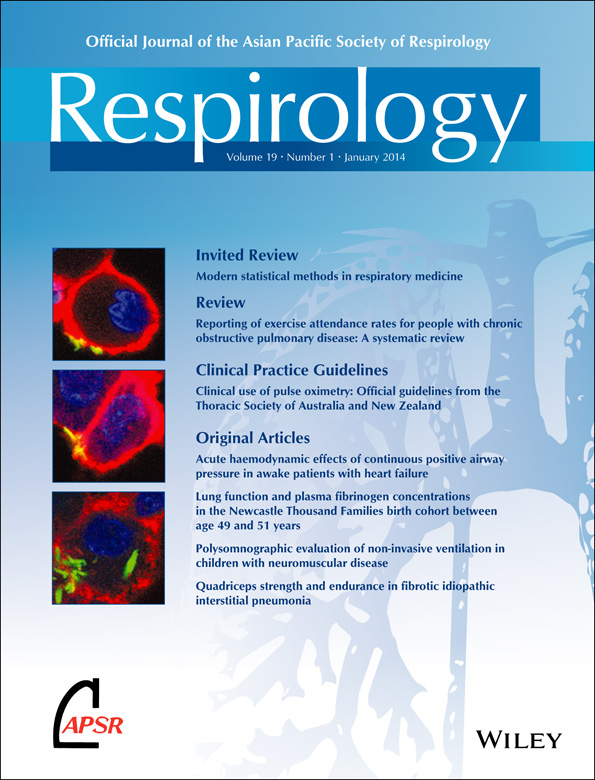Association of hospitalizations for asthma with seasonal and pandemic influenza
Abstract
Background and objective
Although influenza has been associated with asthma exacerbations, it is not clear the extent to which this association affects health care use in the United States. The first goal of this project was to determine whether, and to what extent, the incidence of asthma hospitalizations is associated with seasonal variation in influenza. Second, we used influenza trends (2000–2008) to help predict asthma admissions during the 2009 H1N1 influenza pandemic.
Methods
We identified all hospitalizations between 1998 and 2008 in the Nationwide Inpatient Sample from the Healthcare Cost and Utilization Project during which a primary diagnosis of asthma was recorded. Separately, we identified all hospitalizations during which a diagnosis of influenza was recorded. We performed time series regression analyses to investigate the association of monthly asthma admissions with influenza incidence. Finally, we applied these time series regression models using 1998–2008 data, to forecast monthly asthma admissions during the 2009 influenza pandemic.
Results
Based on time series regression models, a strong, significant association exists between concurrent influenza activity and incidence of asthma hospitalizations (P-value < 0.0001). Use of influenza data to predict asthma admissions during the 2009 H1N1 pandemic improved the mean squared prediction error by 60.2%.
Conclusions
Influenza activity in the population is significantly associated with asthma hospitalizations in the United States, and this association can be exploited to more accurately forecast asthma admissions. Our results suggest that improvements in influenza surveillance, prevention and treatment may decrease hospitalizations of asthma patients.




